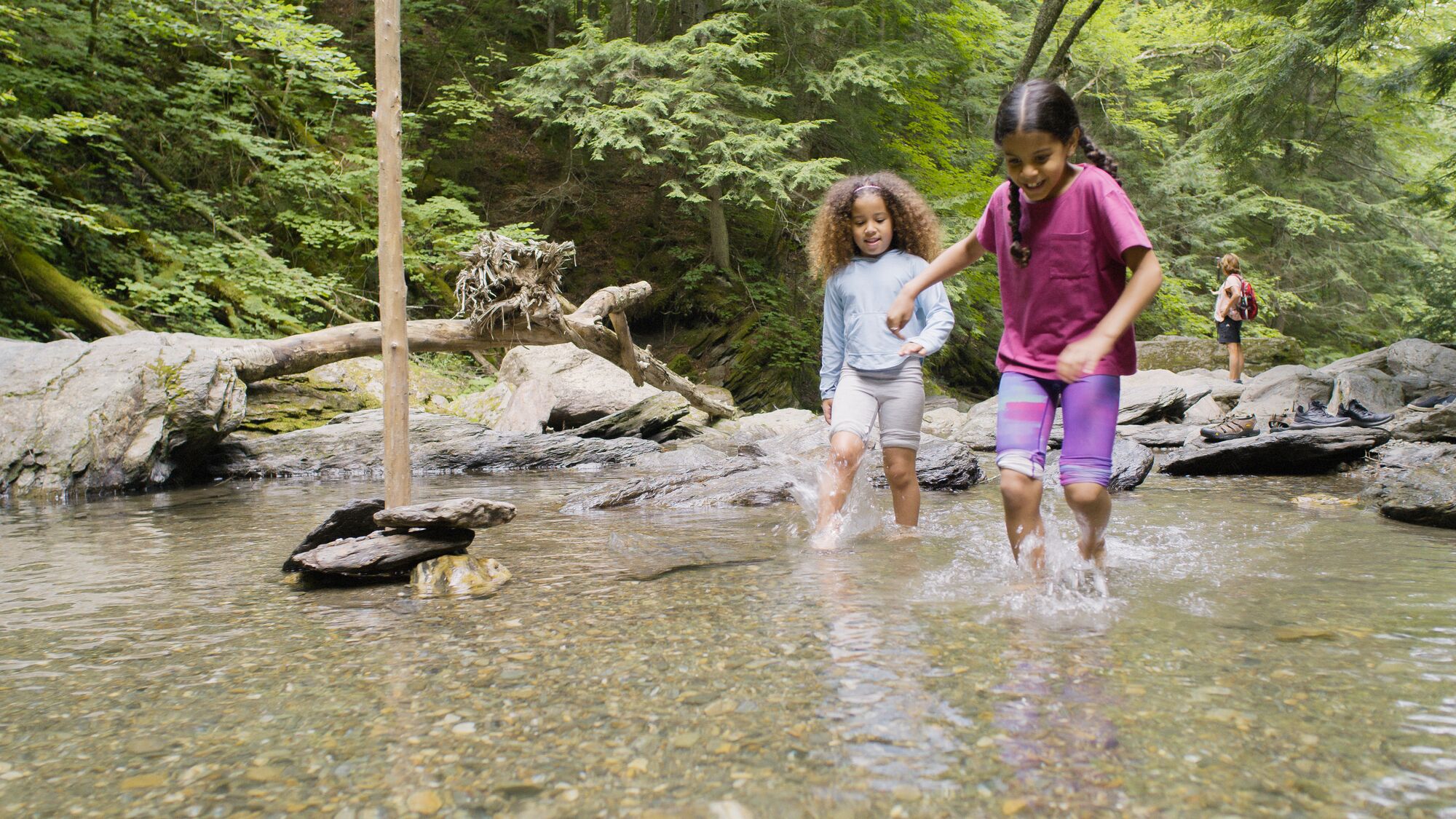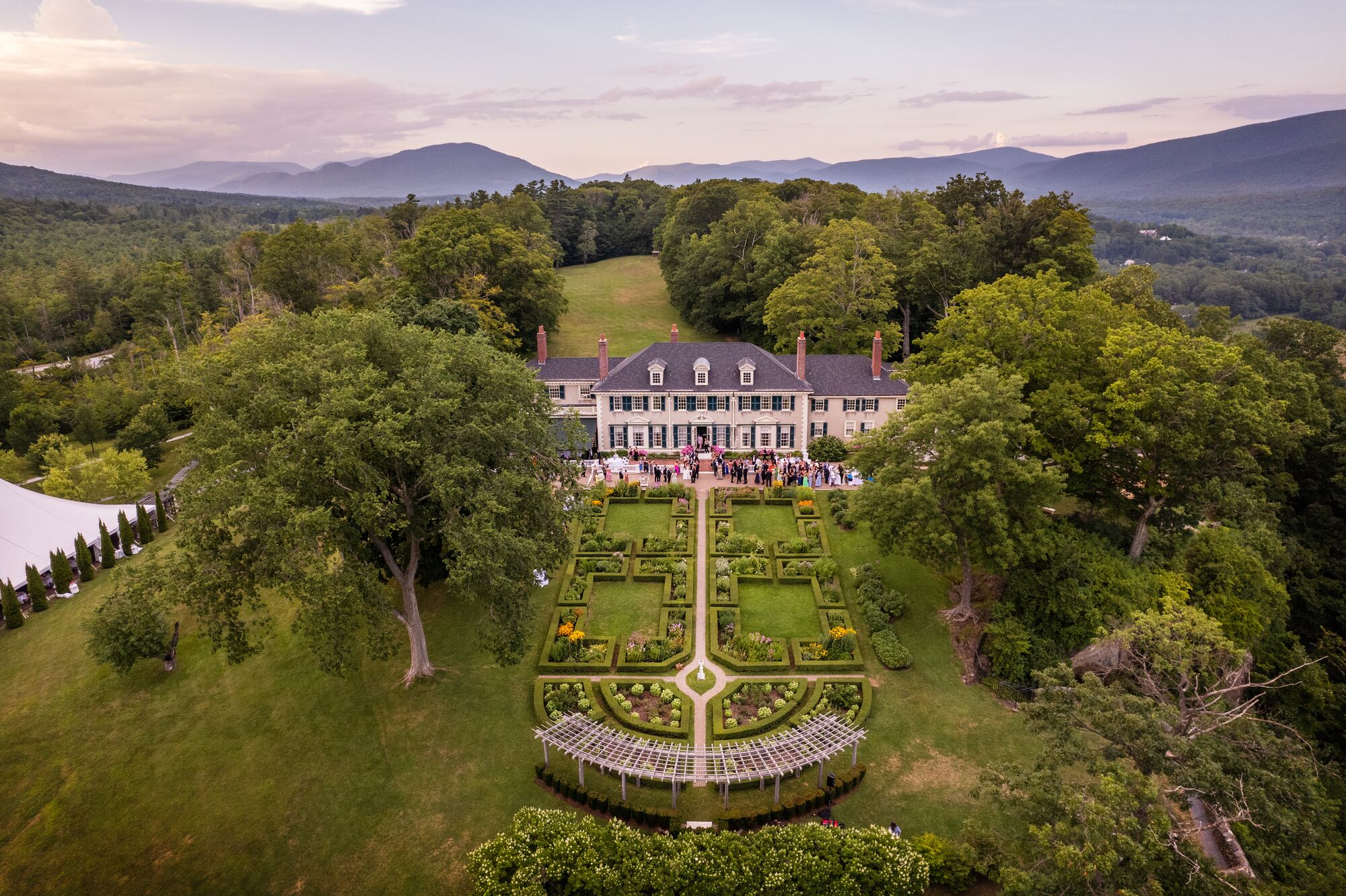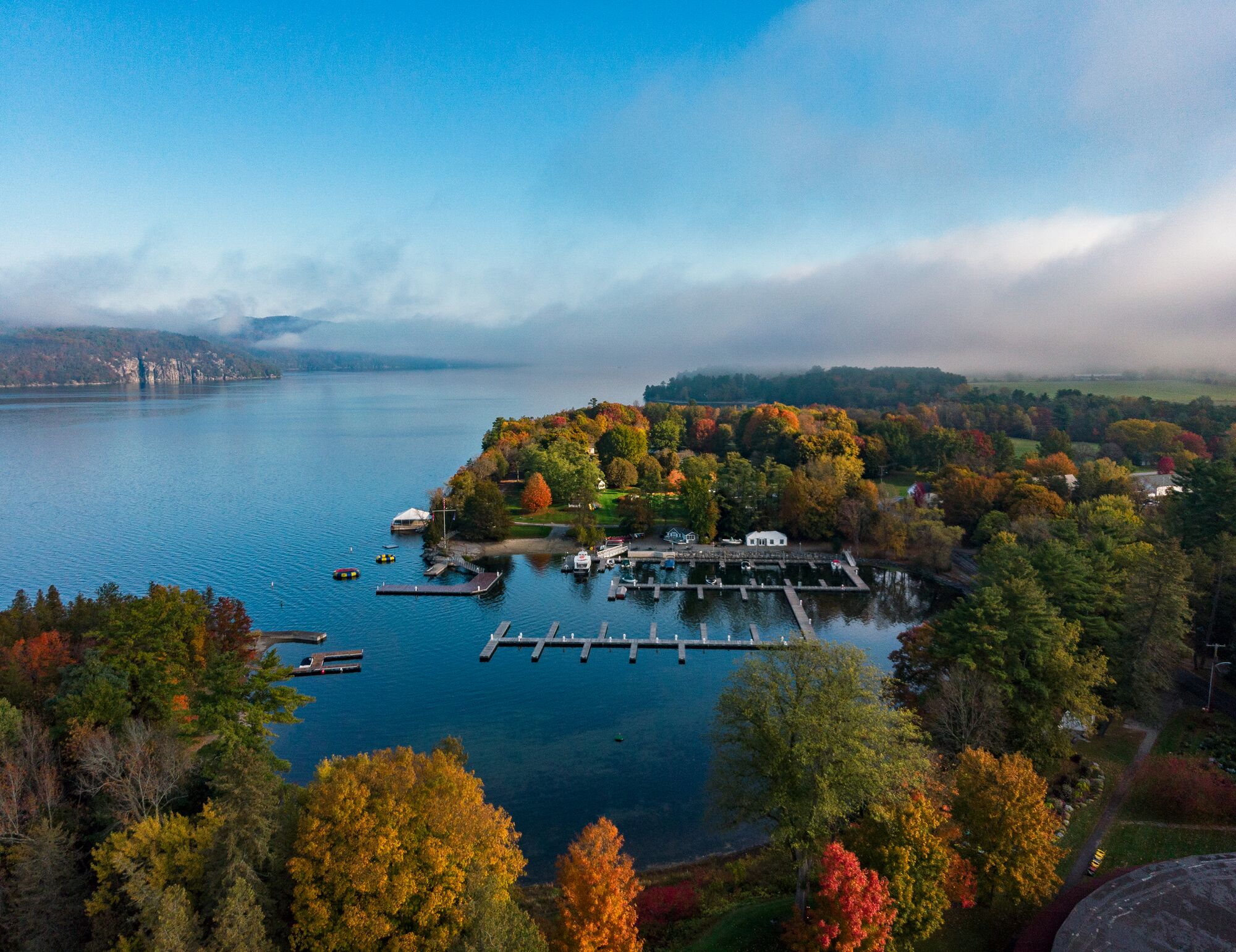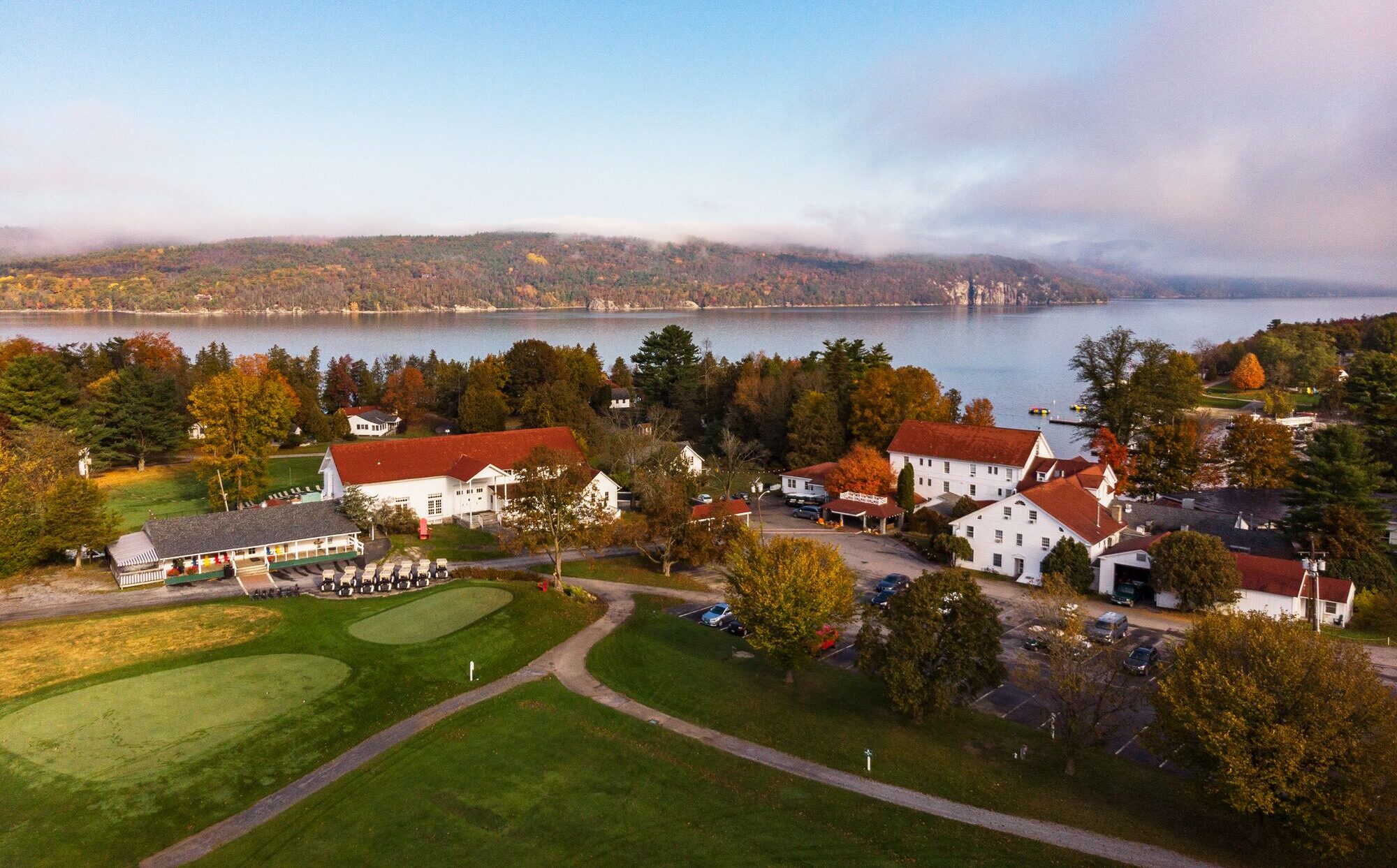Capital Region
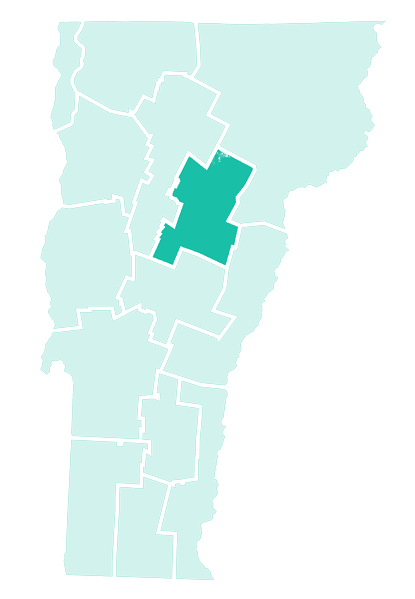
Capital Region
The nation’s smallest capital city, Montpelier, anchors a region where family farms and wooded uplands rub shoulders with urban environments built to human scale. The towns, villages, and two busy cities that flank the Winooski River Valley have long been hubs of industry and government. The citizen legislature that meets in Montpelier each year is Vermont’s bedrock of democracy, while less than 10 miles away, bedrock itself is the treasure of Barre, the “Granite Capital of the World.” And the little town of Cabot lends its name to cheese enjoyed across the nation and beyond.
The golden dome of the Vermont State House is nearly everyone’s first sight of Montpelier. It stands atop a handsome stone capitol that is the opposite of a forbidding government fortress—visitors are invited to stroll the halls on their own, though tours are also available. Nearby, the Vermont History Museum presents a massive mural that brings to life 350 years of human experience in and around the Green Mountains. Other exhibits include a full-sized Abenaki wigwam that invites you to step into the world of Vermont’s indigenous “People of the Dawn.”
The streets surrounding the State House bustle with some two dozen independent shops and restaurants, testaments to the spirit and hard work of the local community. Nightlife, too, keeps the city center humming, with performances by the award-winning Lost Nation Theatre and the Montpelier Chamber Orchestra, and art-house films at The Savoy.
In a long and uniquely Vermont tradition, the Farmers Night Concert Series brings artists from around the state to perform in the House Chamber each Wednesday night during the legislative session. The grounds around the State House also host community fun throughout the year, ranging from the Capital City Farmers Market’s local-food showcase to Juneteenth and Independence Day celebrations to winter ice skating beneath the golden dome.
Montpelier’s twin city, Barre, is a different sort of capital: a historic capital of granite, where the enduring stone has been quarried for more than 200 years. On Barre’s northern outskirts, Hope Cemetery showcases the remarkable skill of generations of granite sculptors, many of them Italian immigrants who created memorials to their fellow craftsmen.
In the Granite City, visitors can explore a busy, compact downtown that centers on the Barre Opera House. Built in 1899, it’s a splendidly restored venue for live performances, such as concerts by its resident Vermont Philharmonic. Throughout the streets of Barre, you can also spy granite sculptures that include traditional, modern, and quirky subjects (the 74-foot-long granite zipper is a standout).
The Capital Region isn’t all granite and government, though. The rugged Worcester Range, north and east of Montpelier, offers trails that can be challenging or Sunday-stroll-easy, depending on which you choose. From the summit of Spruce Mountain in Plainfield or Worcester Mountain in Worcester, you can see much of the northern Green Mountains as well as glimpse New Hampshire’s distant White Mountains. Kayakers and canoeists enjoy paddling the Winooski River, the Wrightsville Reservoir, and the quiet, powerboat-free waters of Berlin Pond, the capital’s pristine water source. Sitting against the border of the Northeast Kingdom, Woodbury is sprinkled with no fewer than 23 lakes, the most of any town in Vermont.
Two of Vermont’s favorite sugarhouses are just minutes away from the capital. At Bragg Farm in East Montpelier and Morse Farm in Montpelier, visitors in late winter and early spring can watch the transformation of maple sap into maple syrup, as sugary steam rises. Any season, of course, is the right time for a maple creemee—Vermont’s own maple-kissed soft ice cream—at either location. It’s a sweet reward for a visit to the Capital Region.
Top Picks by Season from Yankee Magazine
Things To Do In the Capital Region
Spring
Morse Farm Maple Sugarworks and Bragg Farm Sugarhouse
Montpelier and East Montpelier
Green Mountain Film Festival
Montpelier
Self-Guided Tour of the State House
Montpelier
North Branch Cascades Trail
Worcester
Hope Cemetery
Barre
Read More
Summer
Millstone Trails
Barre
Capital City Farmers Market
Montpelier
Hiking Worcester Mtn.
Worcester
Lost Nation Theatre
Montpelier
Wrightsville Reservoir
Middlesex
Read More
Fall
Caledonia Spirits/Barr Hill
Montpelier
Artisans Hand Craft Gallery
Montpelier
Worcester Mountain
Worcester
Morse Block Deli
Barre
Read More
Winter
Vermont History Museum
Montpelier
Barre Opera House
Barre
Red Hen Baking Co.
Middlesex
Hubbard and North Branch River Parks
Montpelier
Farmers Night Concert Series
East Montpelier and Greenfield
Read More
